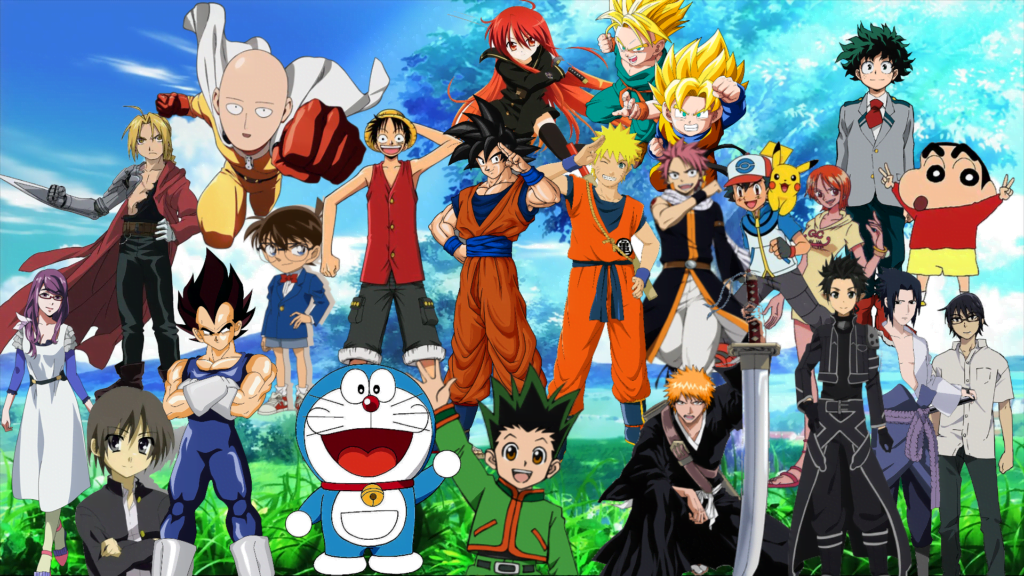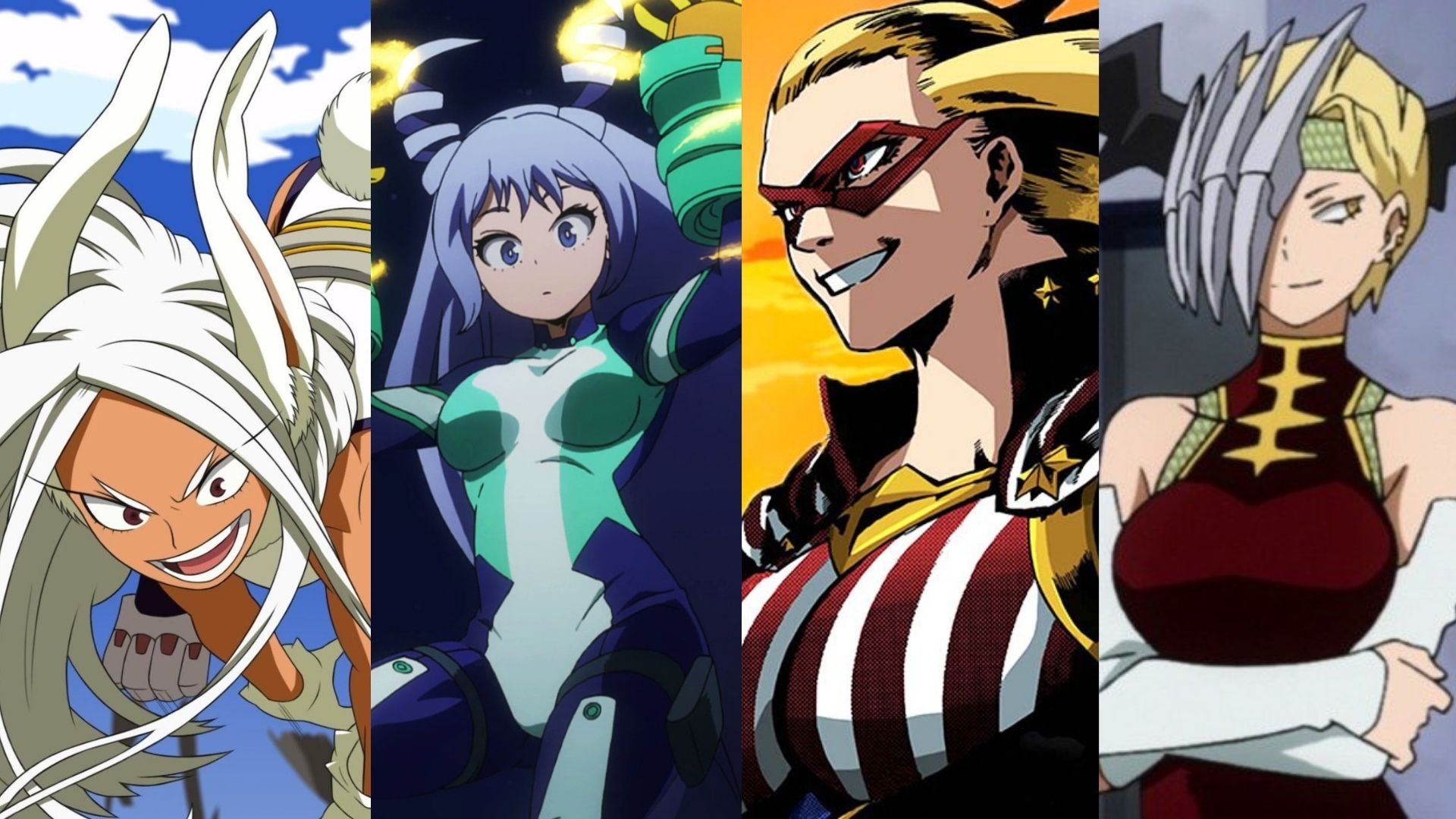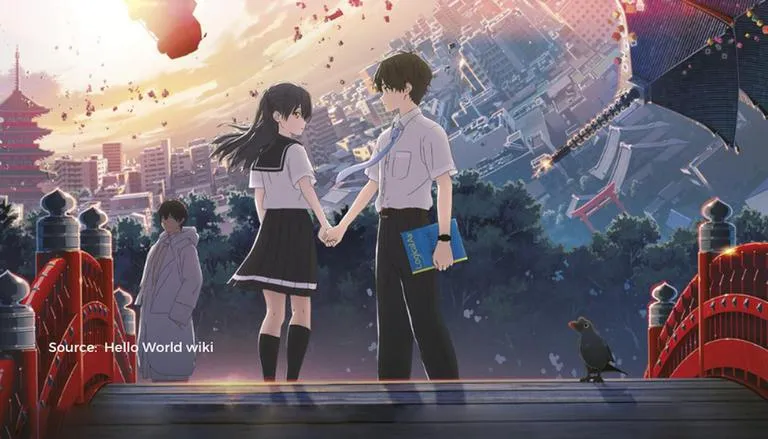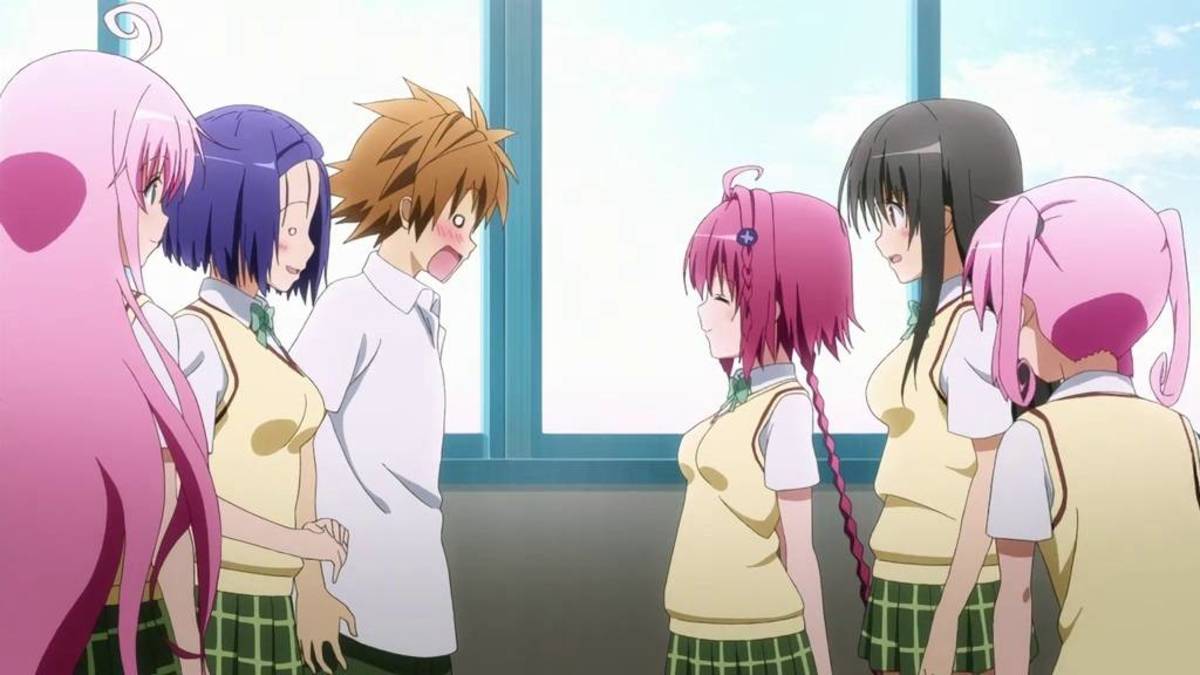When someone mentions the term “anime,” vivid images of Japanese cartoons with oversized eyes and vibrant hair may immediately come to mind.
This term refers specifically to animated content originating from Japan and is a clever form of branding that effectively distinguishes Japanese cartoons from other animated productions worldwide.
The term “Anime” stands for Animation
In Japanese, anime is written as “アニメ” (literally, “anime”) and is short for animation (アニメーション or animeeshon).
Abbreviating words is common in Japanese. So, for example, remote control (リモートコントロール or rimooto kontorooru) become rimokon (リモコン), or a long product name such as Family Computer (ファミリーコンピュータ or “Famirii Konpyuuta”) to Famicom (ファミコン).
Many languages and their respective speakers tend to create shorter, more concise terms in everyday speech.
This is often achieved through the use of loan words from foreign languages, but in Japan, even native words can be contracted and abbreviated in a similar fashion. These foreign loan words are referred to as “gairaigo” in Japanese, and when borrowed, they are assimilated into the lexicon in more ways than one.
Interestingly, “anime” was originally a Japanese abbreviation of the word “animation” but has since evolved into a widely recognized term within the global entertainment industry.
Since when did the term anime start to be used for Japanese cartoons?
Initially, “animation” was used exclusively within the Japanese animation industry, while the general public had different terms for Japanese cartoons featured in theaters and on television.
According to the Gogen website, numerous terms describe these forms of Japanese animation.
There is manga eiga (漫画映画) or “manga movie” or tereb manga (テレビ漫画) or “TV manga”, which means cartoons adapted from Japanese manga or comics.
Then there is douga (動画), which literally means “moving picture” and is widely used to refer to clips and more.
Previously, all the different terms used to describe Japanese animation referred to what we now know as anime. It wasn’t until the 1970s that “anime” became widely used in Japan, around the same time that the otaku fandom emerged.
By the 1980s, “anime” had become the go-to term for Japanese animation. However, the word also refers to works created and published before the term’s popularization.
For instance, Astro Boy, with his iconic large eyes, was later used to define the anime style, even though the show aired in the early 1960s.
It’s worth noting that Osamu Tezuka, the creator of Astro Boy and many other influential works, is widely considered the “Godfather of Anime.” Tezuka’s work was heavily influenced by the American animation he loved as a child, particularly the works of Walt Disney and Max Fleischer.
“Anime” became brilliant branding—a way of separating Japanese cartoons from those of the rest of the world.
Confirmed or not, “anime” is a way to make the country’s cartoons look different. When I use the word “anime”, you know immediately that I mean Japanese animation.
Are Western Cartoons Called Anime in Japan?
In contrast to other regions, the distinction between domestic and foreign animation is not always clear-cut in Japan. It is not unusual to come across foreign animation being referred to as “anime” in Japan.
For instance, NHK, a major Japanese broadcasting corporation, refers to foreign animated series like “Curious George” and “Boss Baby” as “anime” alongside local productions. Even American cartoons are called “overseas anime” by networks like Cartoon Network in Japan.
Even Disney isn’t immune to that word. Disney usually refers to their films as “Dizunii Sakhin” (ディズニー作品) which means Disney work, but many fans also refer to Disney films as “Disney anime” (ディズニーアニメ).
Likewise, Japanese animation companies also refer to their creations similarly. Studio Ghibli prefers the term “sakuhin” (作品) to mean work, avoiding the terms “anime” or “animation”, even though fans are not.
This is also probably why cartoons from Studio Ghibli are often referred to as “Ghibli films” or “Ghibli animation” instead of anime.










